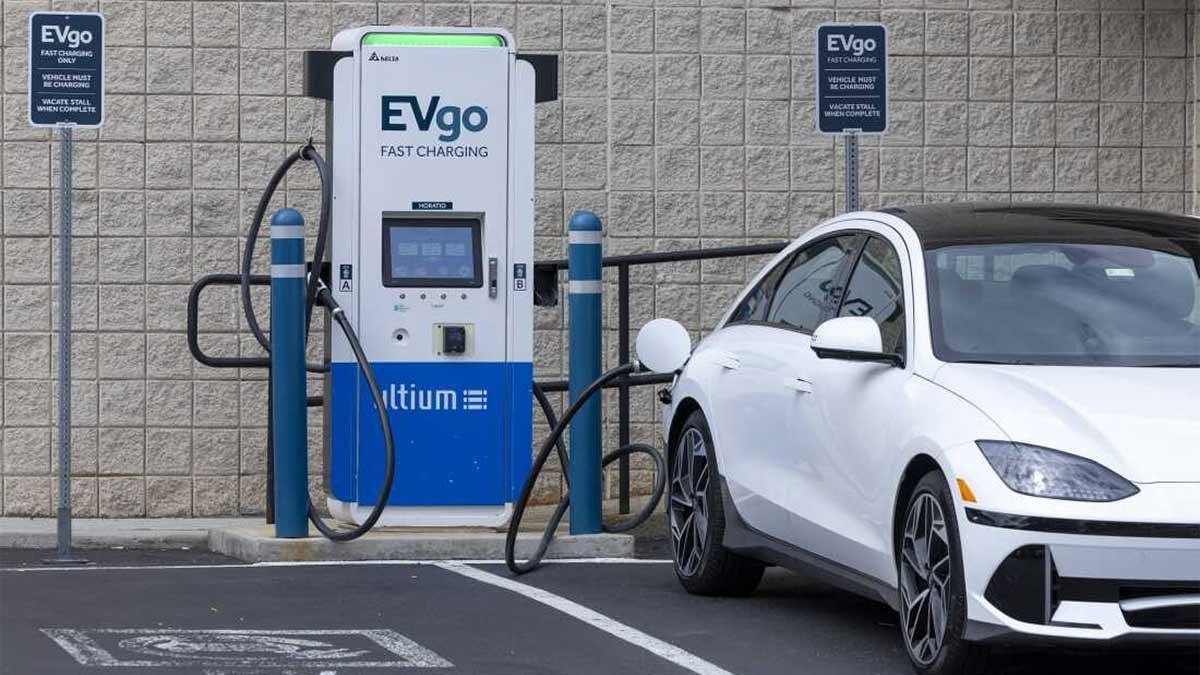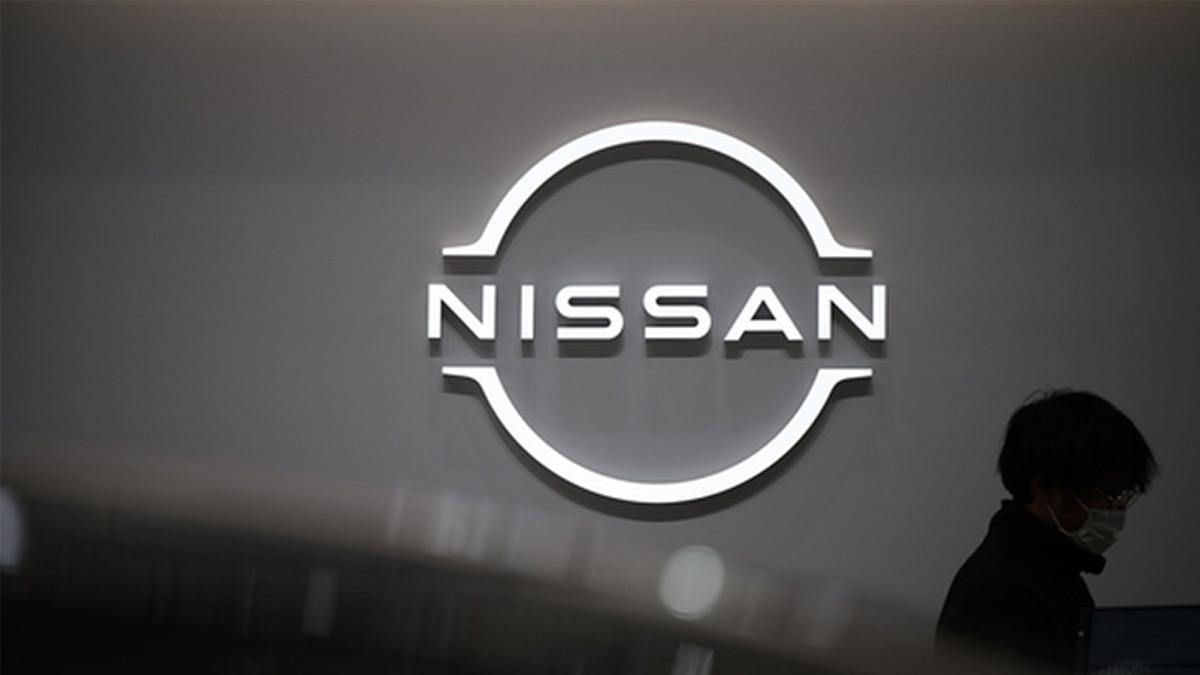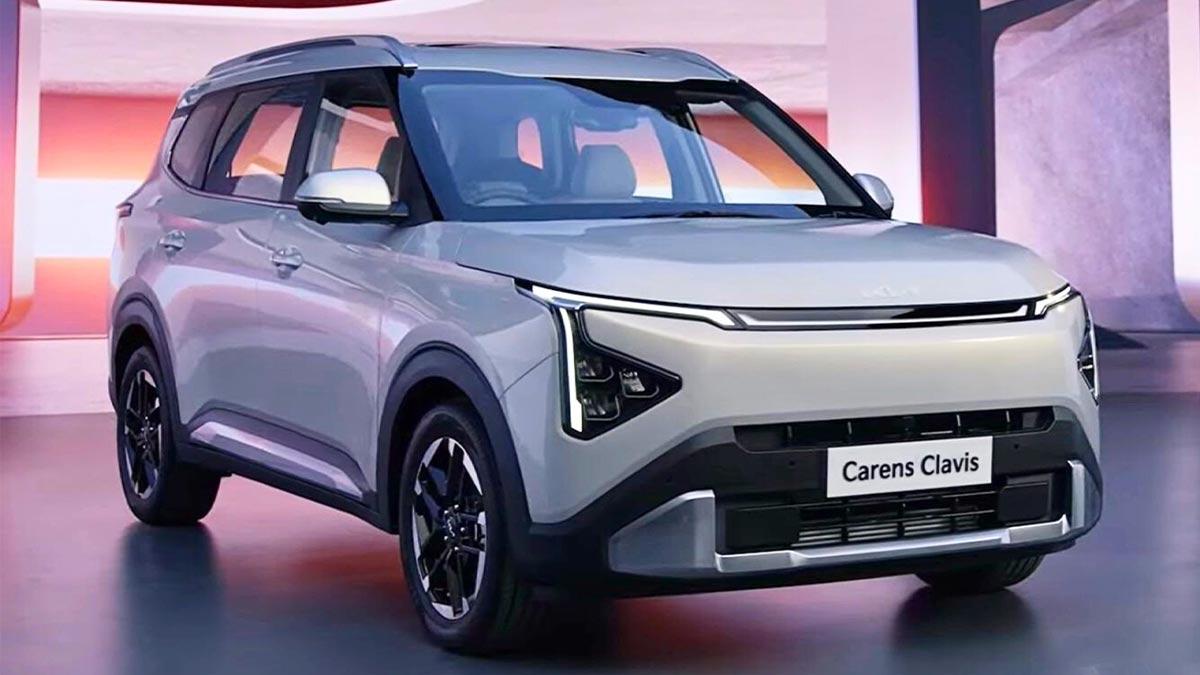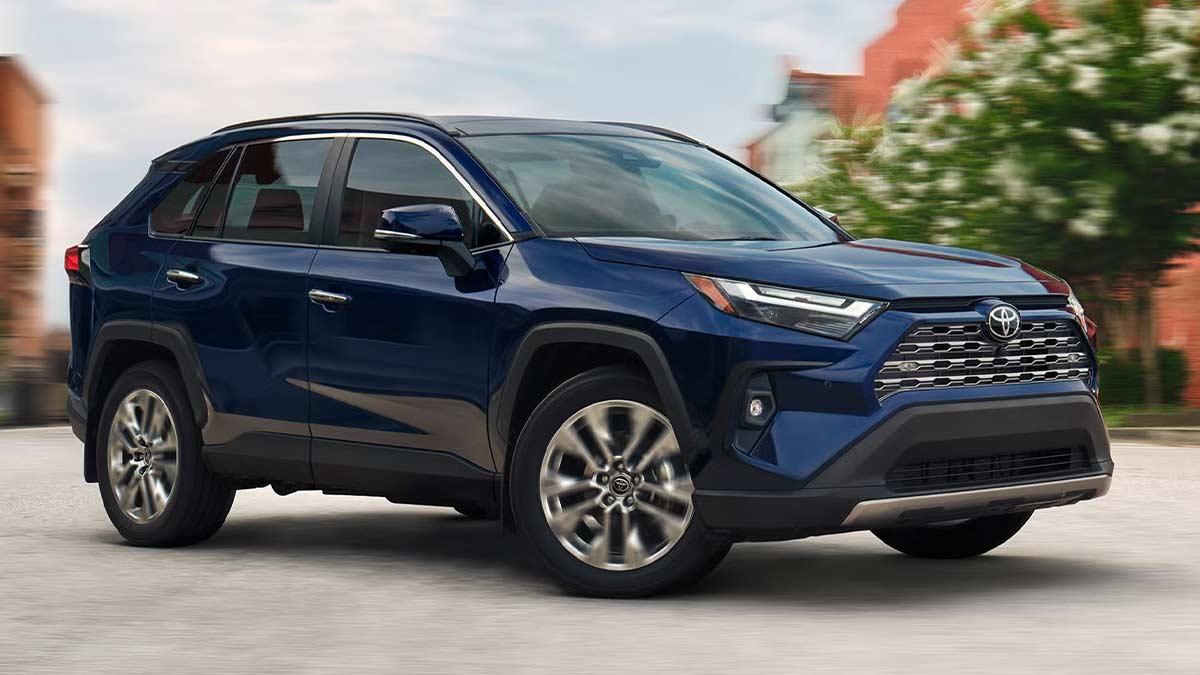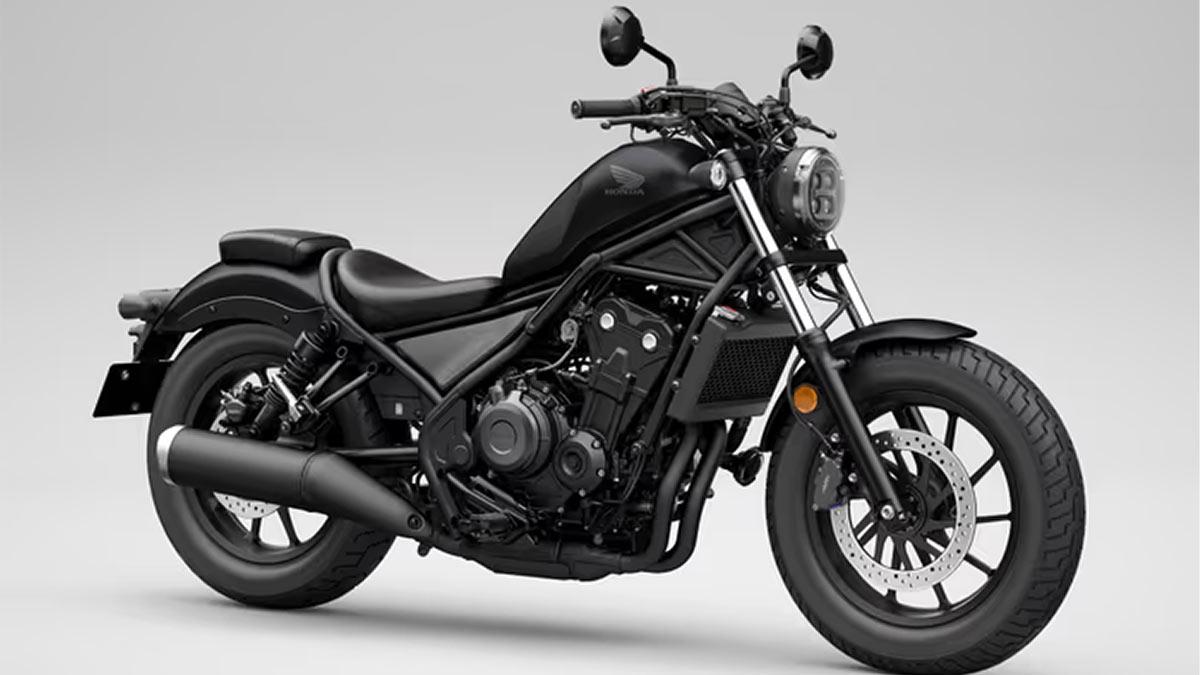India is set to witness a major shift in its transport sector, with an estimated 123 million electric vehicles (EVs) on Indian roads by the year 2032, based on a new report.
Released in collaboration between the India Energy Storage Alliance (IESA) and Customised Energy Solutions (CES), the report highlights the important role EVs will be in enabling the nation to achieve its net-zero emissions goal by 2070.
Meeting the government's ambitious target of 30 per cent EV penetration by 2030 will not only pace India's sustainability push but also offer a shot in the arm for the economy, the report highlighted.
Statistics within the report show a staggering rise in adoption of lithium-ion battery-driven EVs, with the on-road fleet increasing nearly twelve times from 350,000 in 2019 to 4.4 million in 2024.
This astounding growth has been spurred on by positive government policies such as the FAME-II policy, which gives subsidies for electric two-, three-, and four-wheelers, besides funding support to build public charging infrastructure.
In 2024, electric two- and three-wheelers led India's EV market, accounting for more than 93 per cent of all electric vehicles on the road. Compared to this, electric four-wheelers accounted for around 6 per cent, with electric trucks and buses falling below 1 per cent.
Yet, the personal electric four-wheeler (E4W) segment has begun to be instrumental in driving the residential and home-based charging infrastructure, the report added.
Going forward, IESA President Debmalya Sen said, "To enable the expected EV growth, we can expect India's cumulative installed EV charging points — captive and public — to need to increase nearly 12 to 28 times, from approximately 76,000 in 2024 to between 0.9 million and 2.1 million by 2032."
He went further to add that the installed capacity for charging EVs in the nation needs to be more than 17 times higher, from 1.3 GW currently to 23 GW, subject to the level of use and acceptance of EV infrastructure.
CES Managing Director Vinayak Walimbe further detailed the growth projection, stating, "By 2032, IESA and CES estimate India's on-road EV fleet to be around 49 million (Worst Case), 60 million (Business-as-Usual), or 123 million (NEV scenario)."
He clarified that the NEV (New Energy Vehicle) projection is in tandem with the EV30@30 goal, predicting 80 per cent EV adoption for two-and three-wheelers, 30 per cent for private four-wheelers, 70 per cent for commercial vehicles, and 40 per cent for buses by 2030—reproducing the electrification roadmap formulated by NITI Aayog.
Up to 2024, India counted around 220,000 privately owned electric four-wheelers that were in circulation, the great majority of them using Type-2 AC home and residential compound installed chargers. There were also around 320,000 private Type-2 AC installations, with the largest proportion (70 per cent) being in the 3.3 kW category, then 28 per cent in the 7.4 kW size, and the rest being 11–22 kW higher capacity chargers.
In terms of public infrastructure, India’s total count of public and captive charging stations stood at 76,000 in 2024, with an installed capacity of 1.3 GW. Nearly half of these were AC-001 chargers, but in terms of power output, CCS2 fast chargers dominated, indicating a growing preference for high-speed charging solutions.
The report reveals the way proactive government initiatives and incentive systems are driving India's path towards cleaner mobility, highlighting the country's wider commitment to sustainable development and carbon decrease.
Read also| Ola Electric Postpones Roadster X Deliveries Again as Shares Slide Over 43%
Read also| Audi India to Implement Up to 2% Price Increase Across All Models Starting May 15

